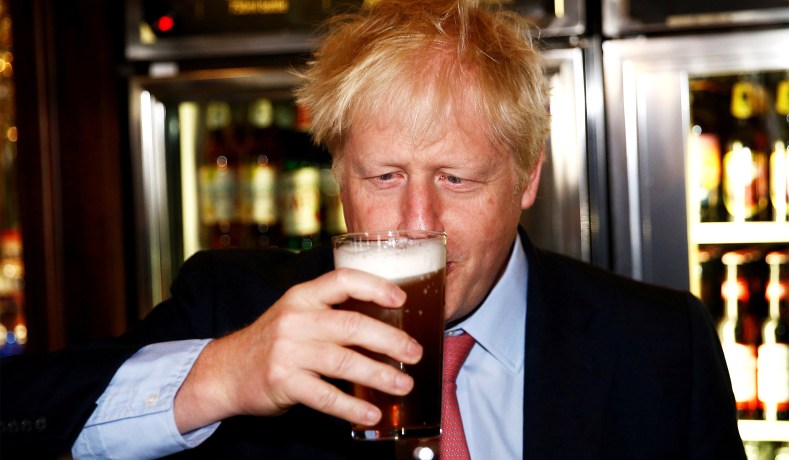It’s all spend, spend, spend with this government. The days of austerity under David Cameron and George Osborne are long gone.
Or are they?
Obviously we’ve seen extraordinary levels of expenditure in response to the Covid pandemic. Paying millions of workers to stay at home doing nothing doesn’t come cheap. However, the furlough scheme and the other emergency measures are temporary. Rishi Sunak, who became a hero by opening the coffers back in 2020 is now reinventing himself as Mr Tightwad.
To get an idea of what’s really happening with public expenditure we need to exclude Covid spending and look at the long-term trend in department budgets.
Here’s a wonderfully clear chart that does just that. It’s the work of Ben Zaranko, an economist at the Institute for Fiscal Studies:
My favourite chart I've made for a while. Shows that big cuts during austerity years of the 2010s have only been partially reversed for most departments. The Justice budget, for instance, is still set to be 21% lower in 2021−22 than in 2009−10. https://t.co/2N9tTlNUel pic.twitter.com/G6hnda32Mp
— Ben Zaranko (@BenZaranko) October 12, 2021
As you can see, there are some big differences in the spending trends for each department. In most cases budgets were slashed during the austerity years of the Coalition government. There’s been some easing up in more recent years, but usually not enough to take budgets back up to where they were before the 2010 election. Much of the same pattern also applies to local government spending (which is not included in the above chart).
Even some of the exceptions are misleading. For instance, it looks as though the Department of Environment, Food and Rural Affairs (DEFRA) is now rolling in cash. However, that’s just a Brexit effect — the subsidies that used to be filtered through the EU’s Common Agriculture Policy are now being paid directly by the British government.
The Department of Health is a genuine exception to the rule. Health spending is up more than a quarter since 2010 — and that’s not including the extra funding for Covid.
So outside of the NHS, the conclusion is that the government is not in fact spending like a drunken sailor. For most government departments, austerity was real — and is a long way from being reversed. Even the increase in NHS spending is driven by the growing demands of a rapidly ageing population.
So when the Government’s Right-wing critics call for spending restraint and a smaller state, what do they mean? Given that, in most areas, spending is already way down on 2010 levels — savings can only realistically come from cuts to the NHS, the false economy of slashing capital investment, or abandoning whole areas of government activity. If that’s what they want they should say so.
As for the Government’s Left-wing critics, they should say how they expect any increase in spending to be financed. Borrowing has exploded during the pandemic and the tax burden is at record levels.
As we approach this month’s Budget, it would be refreshing if we could have a much more honest debate over what the government can actually change.











Join the discussion
Join like minded readers that support our journalism by becoming a paid subscriber
To join the discussion in the comments, become a paid subscriber.
Join like minded readers that support our journalism, read unlimited articles and enjoy other subscriber-only benefits.
Subscribe